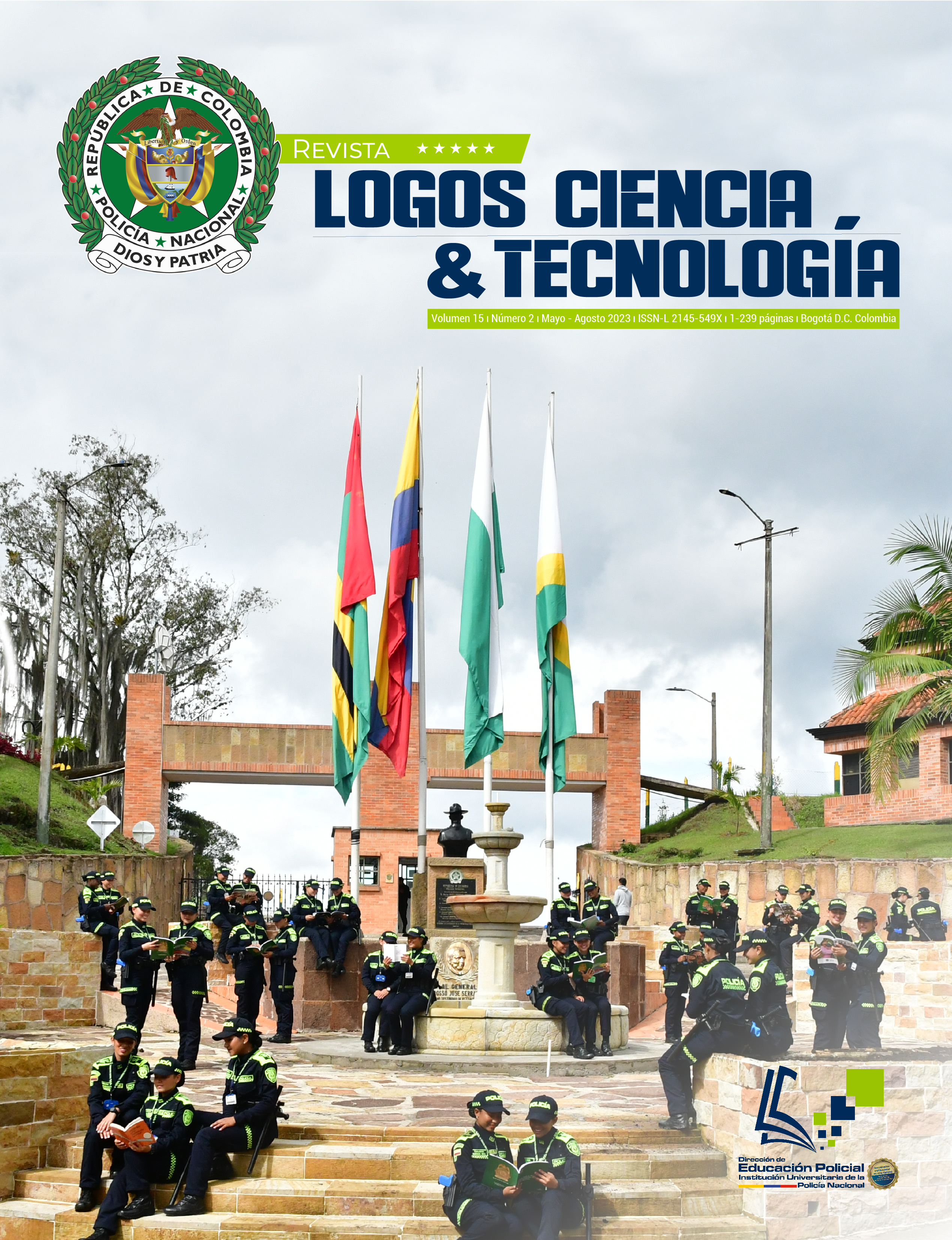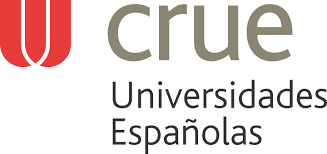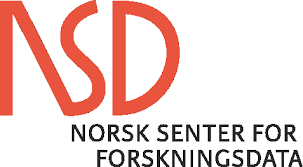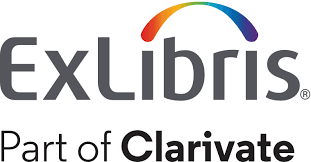The cybercrime control. Exploratory analysis of sentences and supervision measures
DOI:
https://doi.org/10.22335/rlct.v15i2.1768Keywords:
cybercrime, computer crime, child pornography, CSAM, sentenceAbstract
The process of prosecuting and sentencing individuals who have violated the law takes into account different factors, among which are the sentencing guidelines, which provide a guide for judges to orientate their decisions during the prosecution process. However, the variety of crimes and the evolution of cybercrime require that these criteria be applied differently, especially when new technologies are involved, in the case of cybercrimes involving child sexual abuse material (CSAM) those criteria may differ in the guidelines that apply to the other forms of cybercrime. For this reason, the present study analysed 14 documented cases in order to characterise the differences in the applications of the sentences and investigate the forms of supervision for cybercriminals under probation. Finally, this study invites us to reflect on the challenges posed by technological advances in crime control and the need for proactive measures to improve the response of institutions in the containment and investigation of cybercrimes involving CSAM.
Downloads
References
Ahn, M. J. (2022). Navigating beyond the lodestar: Borrowing the federal sentencing guidelines to provide fee-shifting predictability. Dickinson Law Review, 127(1), 101-161. https://ideas.dickinsonlaw.psu.edu/dlr/vol127/iss1/4
Akhgar, B., & Brewster, B. (Eds.). (2016). Combatting cybercrime and cyberterrorism. Challenges, trends and priorities. Springer International Publishing Switzerland. https://doi.org/10.1007/978-3-319-38930-1
Alford, F. (2000). What would it matter if everything Foucault said about prison were wrong? Discipline and punishment after twenty years. Theory and Society, 29(1), 125-146. https://doi.org/10.1023/A:1007014831641
Antonakakis, M., April, T., Bailey, M., Bernhard, M., Bursztein, E., Cochran, J., …, & Zhou, Y. (2017). Understanding the mirai botnet. In 26th [USENIX] security symposium ([USENIX] Security 17) (pp. 1093-1110).
Bailey, D. E. (2022). Emerging technologies at work: Policy ideas to address negative consequences for work, workers, and society. ILR Review, 75(3), 527-551. https://doi.org/10.1177/00197939221076747
Bonnart, S., Capurso, A., Carlo, A., Dethlefsen, T. F., Kerolle, M., Lim, J., …, & Zarkan, L. C. (2023). Cybersecurity threats to space: From conception to the aftermaths. In Space law in a networked world (pp. 39-101). Brill Nijhoff.
Cascavilla, G., Tamburri, D. A., & Van Den Heuvel, W. J. (2021). Cybercrime threat intelligence: A systematic multi-vocal
literature review. Computers & Security, 105, 102258. https://research.tue.nl/en/publications/cybercrime-threat-intelligencea-systematic-multi-vocal-literatur
Chawla, A. (2022, October 24). The rise of internet child pornography. https://doi.org/10.2139/ssrn.4256854
Choi, K. (2015). Cybercriminology and digital investigation. LFB Scholarly Publishing LLC.
Choi, K. S., & Toro-Álvarez, M. M. (2017). Cibercriminología: Guía para la Investigación del Cibercrimen y Mejores Prácticas en Securidad Digital. Fondo Editorial Universidad Antonio Nariño.
Choi, K., Back, S., & Toro-Álvarez, M. M. (2022). Digital forensics & cyber investigation. Cognella Academic.
Choi, K. S., & Lee, H. (2023). The trend of online child sexual abuse and exploitations: a profile of online sexual offenders and criminal justice response. Journal of Child Sexual Abuse, 16(1), 1-20. https://doi.org/10.1080/10538712.2023.2214540
Choo, K. K. R. (2011). Cybercrime: An overview of the legal challenges. In Jaishankar, S. (Ed.). Cyber criminology: Exploring Internet crimes and criminal behavior (pp. 227-244). Routledge.
Curtis, J., & Oxburgh, G. (2022). Understanding cybercrime in ‘real world’policing and law enforcement. The Police Journal, 0(0), Ahead of Print. https://doi.org/10.1177/0032258X221107584
Departamento de Justicia de los Estados Unidos. (2010, December 17). PRO IP Act: Annual Report 2010. Washington, D.C.: Author. www.cyber crime.gov/proipreport2010.pdf
Dodge, C., & Burruss, G. (2019). Policing cybercrime: Responding to the growing problem and considering future solutions. In Leukfeldt, R., & Holt, T.J. (Eds.). The human factor of cybercrime (pp. 339-358). Routledge.
Estado v. Brown, No. 2: 18-CR-00037-FL-2 (D.N.C. July 26, 2019).
Estado v. Ferber, 458 U.S. 747, 102 S. Ct. 3348, 73 L. Ed. 2d 1113 (1982).
Estado v. Green, 954 F. 3d 1119 (8th Cir. 2020).
Estado v. Knight, No. 81837-6-I (Wash. Ct. App. Nov. 9, 2020).
Estado v. O’NEAL, 17 F.4th 236 (1st Cir. 2021).
Europol, E. C. C. (2021). The Internet organized crime threat assessment (IOCTA). European cybercrime center. https://www.europol.europa.eu/about-europol/europeancybercrime-centre-ec3
Fonseca, C. C., Moreira, S., & Guedes, I. (2023). The prevention and control of online consumer fraud. In Don Hummer, T & James, B. (Eds.). Handbook on crime and technology (pp. 395-410). Edward Elgar Publishing.
Frase, R. S. (2019). Sentencing guidelines in American courts: A forty-year retrospective. Federal Sentencing Reporter, 32(2), 109-123.
Gillespie, A. A. (2015). Cybercrime: Key issues and debates. Routledge.
Helton v. Estado, 595 S. W. 3d 128 (Ky. 2020).
Holt, T. J. (2012). Exploring the intersections of technology, crime, and terror. Terrorism and Political Violence, 24(2), 337-354. https://doi.org/10.1080/09546553.2011.648350
Hofer, P. J. (2019). Federal sentencing after Booker. Crime and Justice, 48(1), 137-186.
Holt, T. J., & Bossler, A. M. (2015). Cybercrime in progress: Theory and prevention of technology-enabled offenses. Routledge. https://doi.org/10.4324/9781315775944
Hummer, D. (2023). Techno-crime cause, prevention, and control: Issues to consider. In Don Hummer, T & James, B. (Eds.). Handbook on crime and technology (pp. 1-15). Edward Elgar Publishing.
Internet Crime Complaint Center. (2022). Federal Bureau of Investigation Internet Crime (FBI). https://www.fbi.gov/contactus/field-offices/springfield/news/internetcrime-complaint-center-releases-2022-statistics
Jones, T., & Newburn, T. (2002). Policy convergence and crime control in the USA and the UK. Criminal Justice, 2(2), 173-203. https://doi.org/10.1177/17488958020020020401
Lee, H., & Wildeman, C. (2021). Assessing mass incarceration’s effects on families. Science, 374(6565), 277-281.
Lee, S. W., & Koo, M. J. (2022). PRISMA 2020 statement and guidelines for systematic review and meta-analysis articles, and their underlying mathematics: Life Cycle Committee Recommendations. Life Cycle, 2(e9), 1-10. https://doi.org/10.1126/science.abj7777
Luknar, I. M. (2020). Cybercrime-emerging issue. Archibald Reiss Days, Thematic Conference Proceedings of International Significance (Vol. 10, p. 621- 628). Beograd: Kriminalističko-policijski univerzite
Lusthaus, J., Bruce, M., & Phair, N. (2020). Mapping the geography of cybercrime: A review of indices of digital offending by country. In 2020 IEEE European Symposium on Security and Privacy Workshops (EuroS&PW) (pp. 448-453). Conference paper.
Marcum, C. D., Higgins, G. E., & Tewksbury, R. (2011). Doing time for cybercrime: An examination of the correlates of sentence length in the United States. International Journal of Cyber Criminology,5(2), 824–835.
Moneva, A., Leukfeldt, E. R., & Romagna, M. (2023). Fieldwork experiences researching cybercriminals. In Díaz, A., Del-Real, C., & Molnar, L. (Eds.). Criminology and security: Methods, ethics, and emotions. (In press), Springer Nature.
Nadolna, M., & Rudenko, A. (2021). Interpol activities to coordinate cooperation to fight cybercrime. Topical issues of humanities. Technical and Natural Sciences, 299-302. https://jti.donnu.edu.ua/article/view/12014
Peters, A., & Hindocha, A. (2020, June 26). US global cybercrime cooperation: A brief explainer. Third Way. https://www.thirdway.org/memo/us-global-cybercrimecooperation-a-brief-explainer
Samia, A. S. (2021). Crime and punishment in William Davenant’s Macbeth: A stoic perception. Journal of Early Modern Studies, 10, 151-171. https://doi.org/10.13128/jems-2279-7149-12545
Septianto, D., & Mahawan, B. (2021). USB flash drives forensic analysis to detect Crown Jewel data breach in PT. XYZ (coffee shop retail-case study). In 9th International Conference on Information and Communication Technology (ICoICT) (pp. 286-290). IEEE.
Singh, M., Singh, M., & Kaur, S. (2019). Issues and challenges in DNS based botnet detection: A survey. Computers & Security, 86, 28-52. https://doi.org/10.1016/j.cose.2019.05.019
SonicWall. (2022). Sonicwall cyber threat report. https://acortar.link/SSgDh6
Stalans, L. J., & Horning-Ruf, A. (2023). Internet sex crimes. In Handbook on crime and technology (pp. 116-137). Edward Elgar Publishing.
Steinmetz, K. F., & Yar, M. (2019). Cybercrime and society. Cybercrime and Society. SAGE Publications.
Strasburger, V. C., Zimmerman, H., Temple, J. R., & Madigan, S. (2019). Teenagers, sexting, and the law. Pediatrics, 143(5), e20183183. https://doi.org/10.1542/peds.2018-3183
Toro-Álvarez, M. M. (2023). Hacking. In Don Hummer, T & James, B. (Eds.). Handbook on crime and technology (pp. 334-357). Edward Elgar Publishing.
Toro-Álvarez, M. M., & Motta-Castaño, D. (2017). Articuladores de innovación social para contrarrestar amenazas a la
seguridad ciudadana. Revista Logos, Ciencia & Tecnología, 8(2), 24-34. https://doi.org/10.22335/rlct.v8i2.315
Tuan, T. A., Long, H. V., Son, L. H., Kumar, R., Priyadarshini, I., & Son, N. T. K. (2020). Performance evaluation of Botnet DDoS attack detection using machine learning. Evolutionary Intelligence, 13, 283-294.
Wall, D. S. (2008). Cybercrime, media, and insecurity: The shaping of public perceptions of cybercrime. International Review of Law, Computers & Technology, 22(1-2), 45-63. https://ssrn.com/abstract=1124662
Young, K. M., & Pearlman, J. (2022). Racial disparities in lifer parole outcomes: The hidden role of professional evaluations. Law & Social Inquiry, 47(3), 783-820. https://doi.org/10.1017/lsi.2021.37
Downloads
Published
Issue
Section
License
Copyright (c) 2023 Revista Logos Ciencia & Tecnología

This work is licensed under a Creative Commons Attribution 4.0 International License.
This journal provides free and immediate access to its content (https://creativecommons.org/licenses/by/4.0/legalcode#languages), under the principle that making research available to the public free of charge supports greater global knowledge exchange. This means that the authors transfer the Copyrights to the journal, so that the material can be copied and distributed by any means, as long as the authors’ recognition is maintained, and the articles are not commercially used or modified in any way.
































